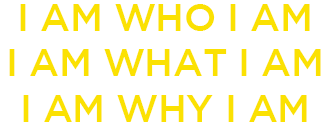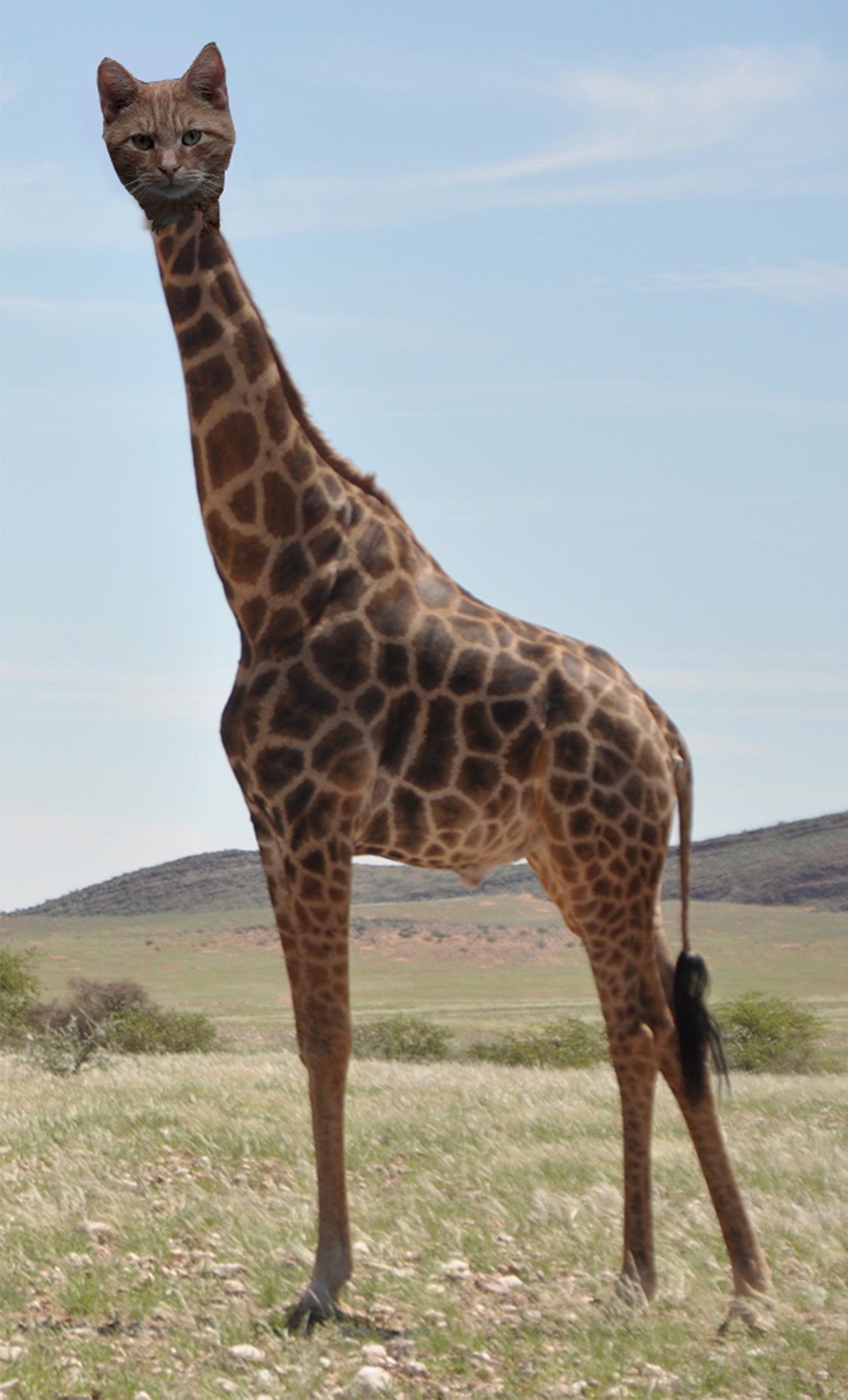21 Apr LSD Remembered
In college, I had three LSD psychedelic journeys of which I have distinct memories. One was of my wanting to eat my brain. I felt that my mind and body were a duality. If I ate my brain, my mind and my body would be one. The second was looking at a painting and seeing its colors dripping beyond its frame and onto the floor. The third was when I was wallowing naked in mud in the backyard of my parents' attached house in Brooklyn and saw myself holding onto Earth with dear life as it was spinning incredibly fast and I as afraid I would otherwise fall away from Earth and into endless space. Looking back now, the first journey was the recognition of the duality between our animal consciousness (the body) and divine consciousness (the mind) and our purpose in life which is to integrate the two as a whole. The second revealed that no thing is an independent thing, as it is our mind that creates the forms and shapes of things which are otherwise one interconnected and interdependent thing in the now. The third journey suggested that if we let go our self-identity (Earth life), we will be one with the universe....




